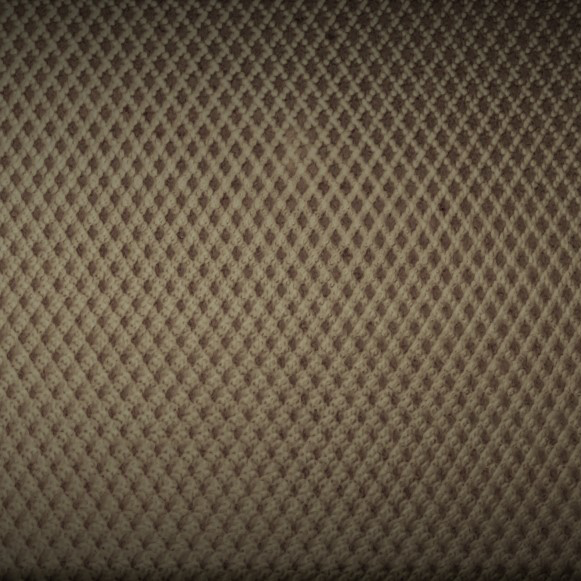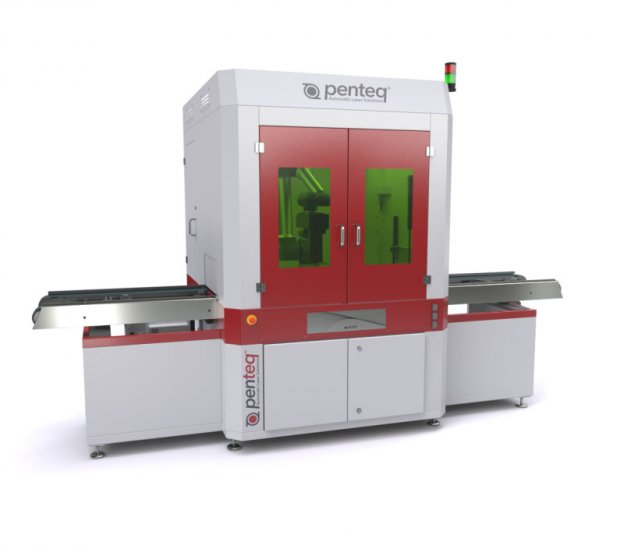Adhesive surface preparation
Efficiency, sustainability and quality in surface pretreatment
Adhesive surface preparation
Laser processing to prepare surfaces before bonding offers enormous advantages. This ensures that the bond is of high strength and correspondingly durable.
Industrial joining technology is no longer conceivable without reliable adhesive bonds. Particularly in sectors such as the automotive industry, aerospace and mechanical engineering, optimum preparation of the bonding surfaces plays a decisive role in the quality and durability of the bond. In this context, laser cleaning offers a modern, environmentally friendly and extremely precise alternative to conventional cleaning processes such as sandblasting, grinding or chemical pickling.
Basics of laser cleaning
Laser cleaning (also known as laser ablation) uses short, high-energy laser pulses to selectively remove unwanted layers - such as oxides, grease, dust, paint or corrosion - from the surface without damaging the base material. The process is based on physical principles:
- Ablation by thermal energy: Impurities absorb the energy of the laser beam, vaporise or decompose.
- Pulsed laser: Short pulses prevent excessive thermal stress on the substrate.
- No mechanical stress: In contrast to abrasive processes, the surface remains structurally intact.

Advantages of laser cleaning for adhesive surfaces
| Advantage | Description of the |
|---|---|
| Residue-free cleaning | Removal of oil, grease, oxide, paint and much more - without the use of chemicals |
| Microscopically precise machining | Ideal for geometrically complex workpieces and selective cleaning |
| Improved adhesion | Increase in surface energy → better wettability through adhesives |
| Can be automated | Easy integration into existing production lines and robot solutions |
| Environmentally friendly | No use of solvents, no abrasive waste |
| Cost reduction | Less consumables required, shorter set-up times, reduced reworking |
Process parameters and material compatibility
The effectiveness of laser cleaning depends largely on the parameters used:
- Laser power (watts)
- Pulse duration (ns - fs)
- Wavelength (typically 1064 nm, Nd:YAG or fibre laser)
- Scan speed and line spacing
- Material type and degree of contamination
Suitable materials:
- Metals (e.g. aluminium, steel, titanium)
- Plastics (with restrictions - test required)
- Composite materials (carbon, GFRP, CFRP)
Application scenarios
- Automotive industry
- Preparation of car body components before bonding
- Cleaning of aluminium die-cast parts before seal application
- Aerospace industry
- Cleaning of CFRP components for structural bonding
- Removal of release agents and oxide layers
- General industry
- Replacement of chemical cleaning in series production
Quality assurance and auditability
Laser cleaning can be validated using various methods:
- Contact angle measurement (wettability)
- XPS / Auger analysis (surface chemistry)
- Microscopy (impurities / surface structure)
- Destructive tests (e.g. tensile tests of bonded samples)
Consistent cleaning quality can be guaranteed through the use of inline monitoring systems, e.g. plasma lights or camera monitoring.
Economic consideration
The initial investment in laser systems can be quickly amortised through savings on consumables, disposal costs and reduced rework. Process stability and traceability also increase production reliability - an increasingly important factor in certified industries.
Conclusion
Laser cleaning is a future-orientated technology for preparing adhesive surfaces. It combines maximum precision with environmental friendliness and offers high automation potential. Companies that rely on durable, reproducible bonded joints benefit considerably in terms of both quality and cost-effectiveness.
Suitable products
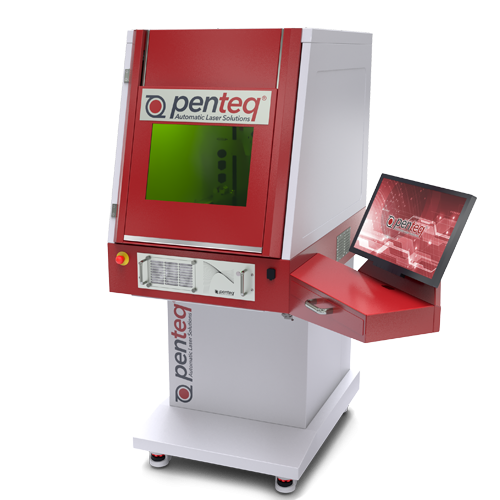
Laser workstation LG 200
Modularity as a pioneering concept
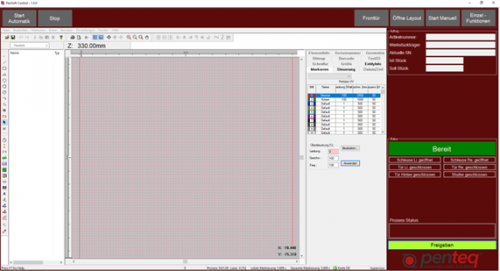
PenSoft Control
Easy-to-use interface for laser applications
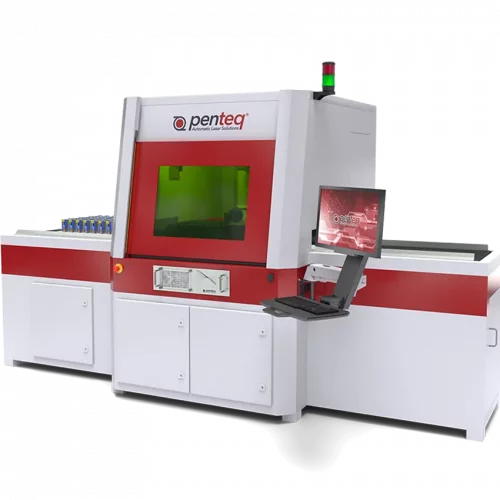
Laser system with conveyor belt
Automatic laser system with flexible workpiece carriers
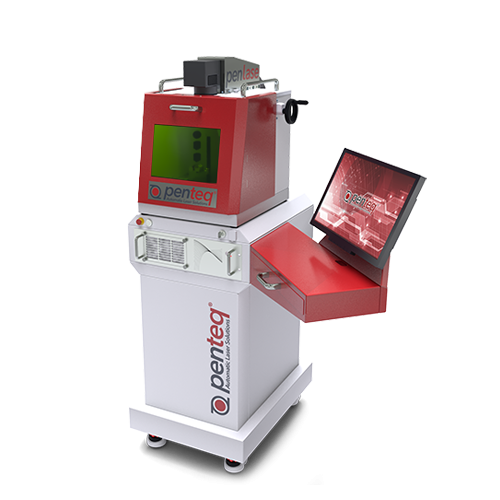
Desktop Laser LG50
Simple, compact and reliable
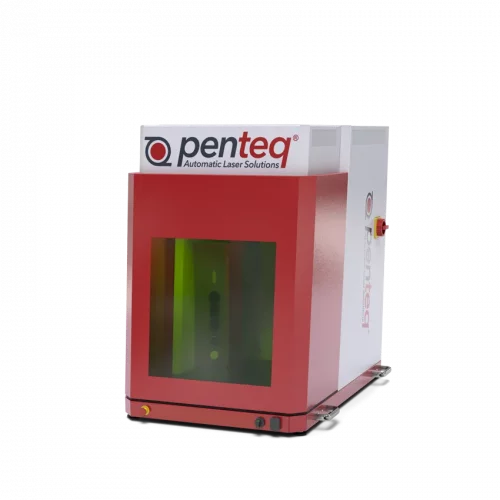
Desktop Laser LG100
Premium table system in industrial laser technology
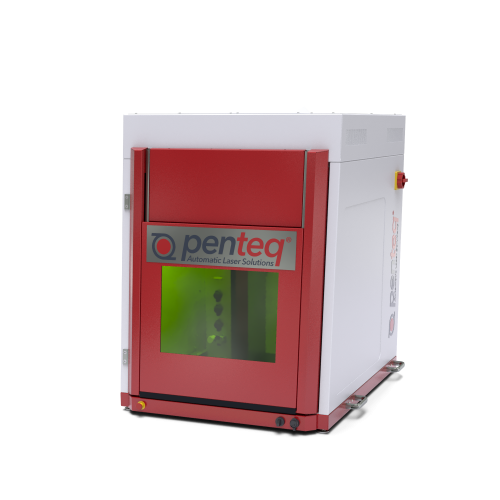
Desktop Laser LG150
The all-rounder in industrial laser technology
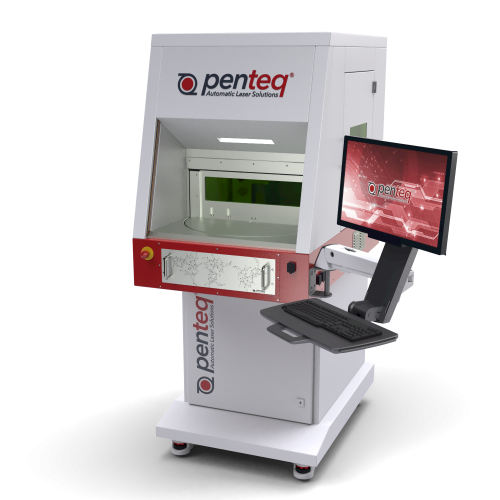
Rotary table laser LG200 RT
For maximum production speed
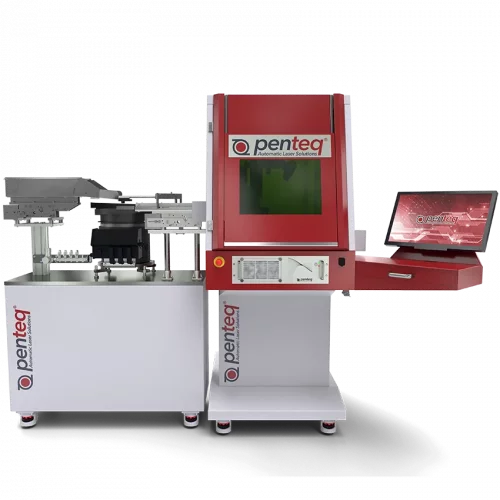
LG200 with vibratory feeder
based on LG200 function module laser system for automatic labelling of bulk goods
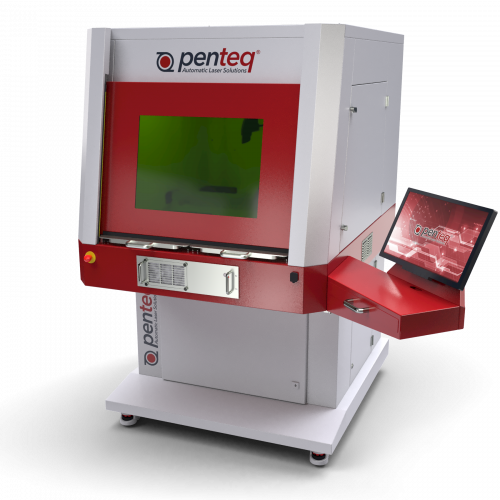
Laser workstation LG300
Spacious work area and double pull-out table for maximum throughput rates
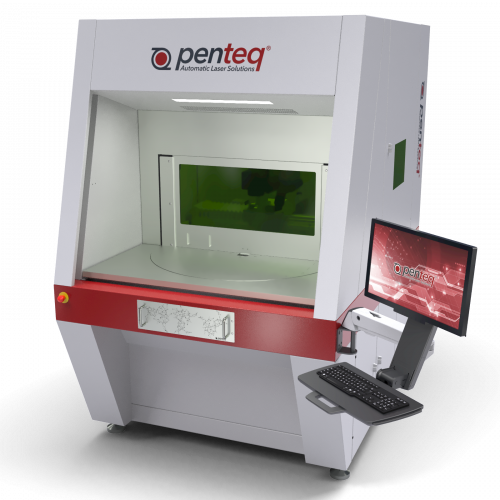
LG300 RT round table laser system
Maximum productivity in large format
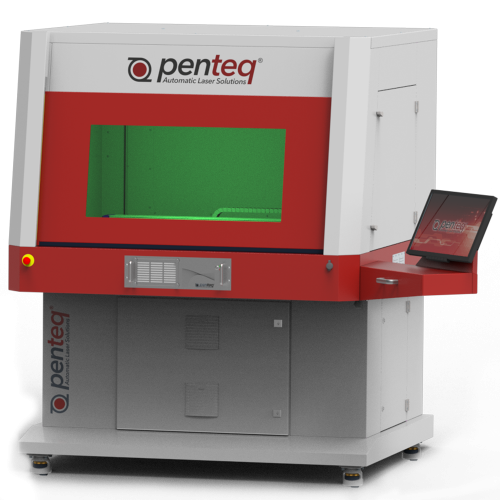
Laser workstation LG 500
the top class for XL formats in laser processing
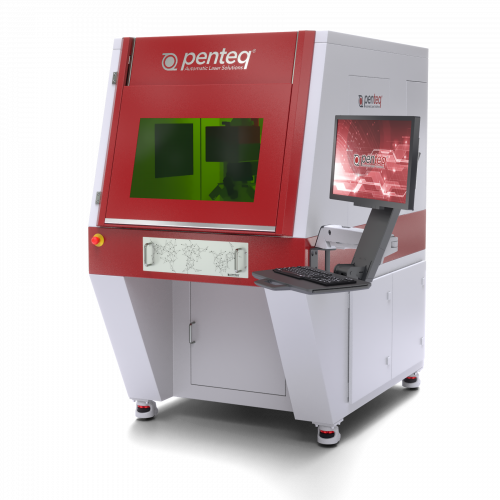
SG200 Weld
Dynamic Precision Welding: Developed for reliable welding of the smallest components with state-of-the-art software and camera technology.
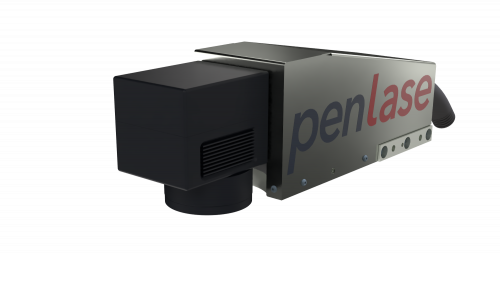
OEM fibreline
Ready-to-install laser for numerous applications
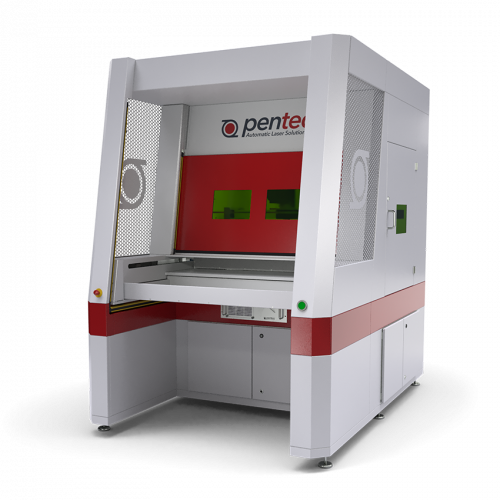
LG500 A Double shutter
Automatic loading system for large workpieces
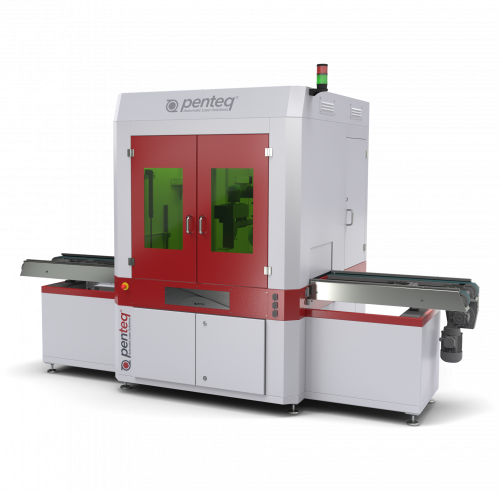
SG 500 RoboLaser
Flexibility through laser robots
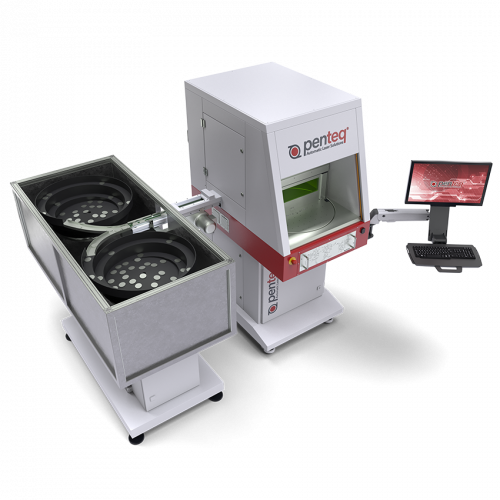
LG200 RT with vibratory feeder
based on LG200 RT rotary table laser system for automatic labelling of bulk goods
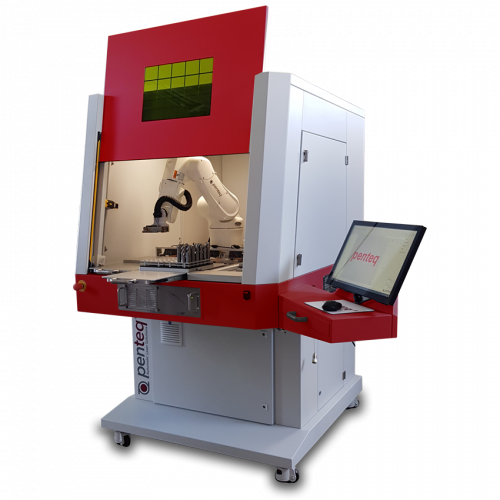
Laser workstation LG 500 Robo
Fully automatic and flexible with integrated robot
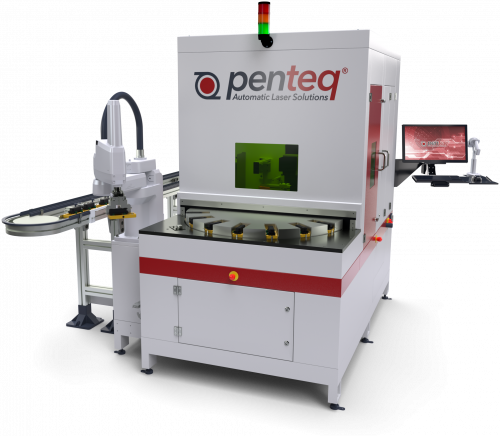
Rotary transfer laser system
Automatic with flexible workpiece holders
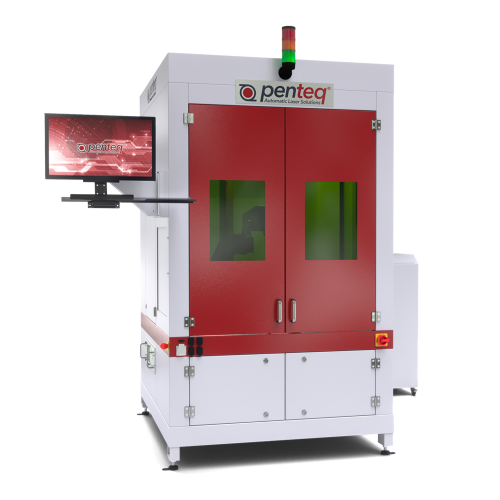
Integration station
Laser system for easy integration into conveyors
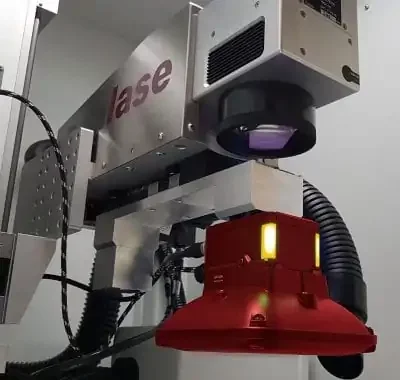
VisionSystem Verifier
Verification of e.g: Data Matrix codes, barcodes, QR codes, etc.
Further applications
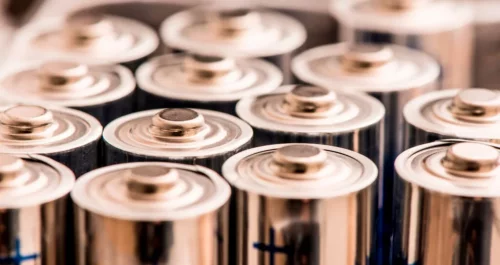
Electromobility - Batteries
Penteq uses lasers to clean, weld and mark battery cells for electromobility in order to optimise battery performance and service life
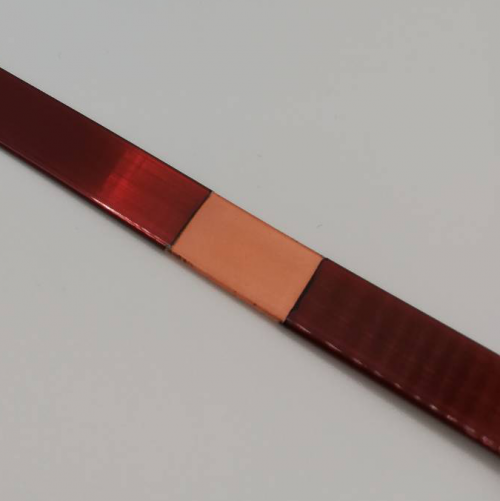
Stripping
Stripping & stripping of copper wires for the electronics industry
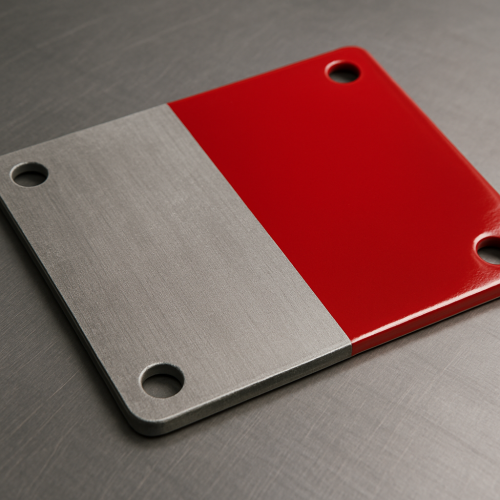
Paint stripping
Entfernen von Lackschichten ohne Chemie oder Strahlmittel: Das Laserentlacken bietet höchste Präzision bei minimalem Materialeinsatz.
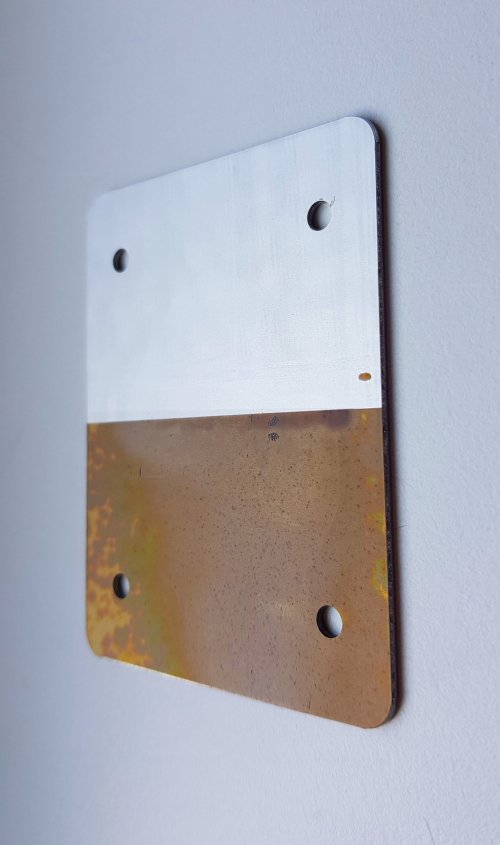
Rust removal
Efficient laser cleaning of corroded surfaces
Industries
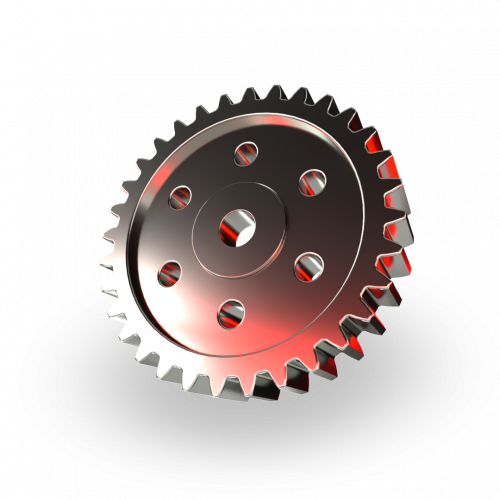
Mechanical engineering
We use state-of-the-art laser technology to create precise, durable solutions for demanding plant and mechanical engineering applications
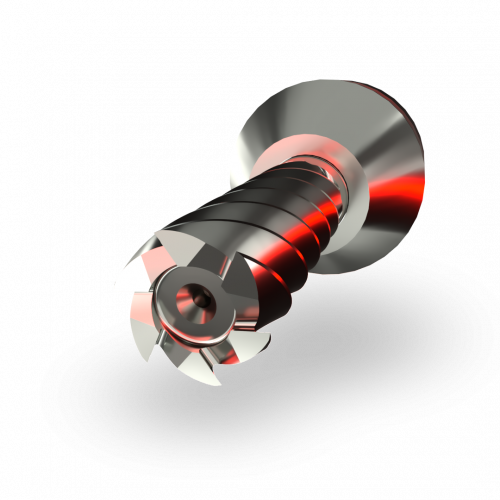
Tool+mould making
Our laser machines enable precise engraving and labelling in tool and mould making, which increases efficiency and adaptation to workpiece geometries
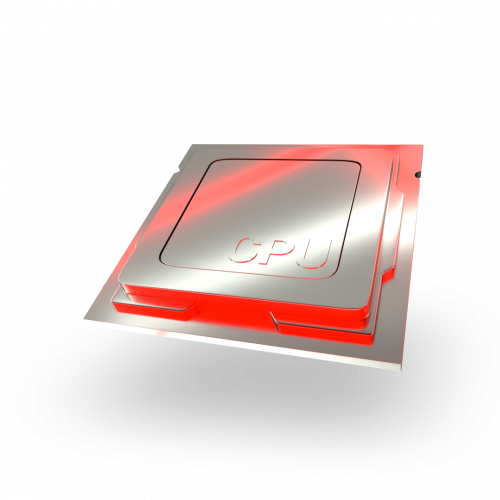
Electronics industry
Penteq laser machines offer precise cutting, welding and marking for the electrical industry, ideal for battery cells and electronic components
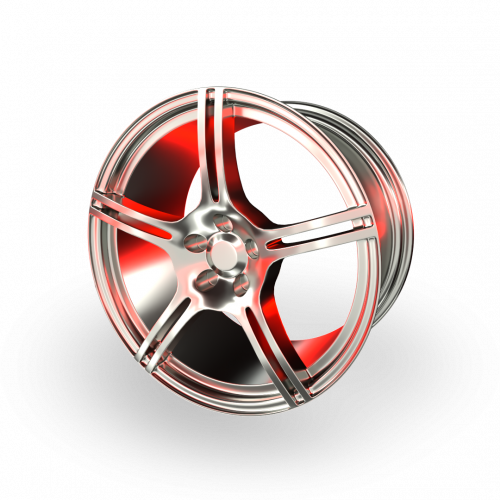
Automotive industry
Penteq laser machines enable precise cutting, welding and labelling in the automotive industry, especially for batteries and metal components
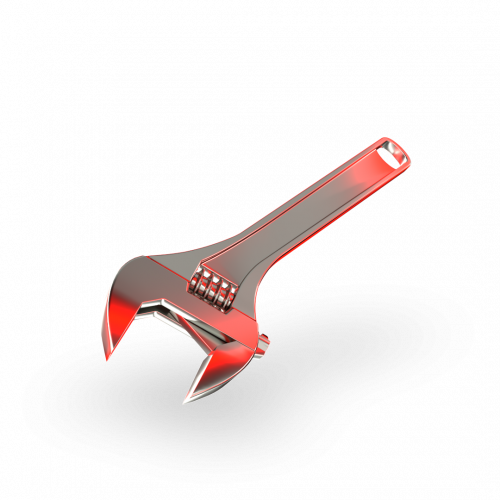
Tool manufacturer
Penteq laser systems enable precise, efficient and cost-saving production of durable tools - innovative and robust

Air+Space
With innovative laser technology, Penteq delivers precise and reliable solutions for the highest demands in the aerospace industry
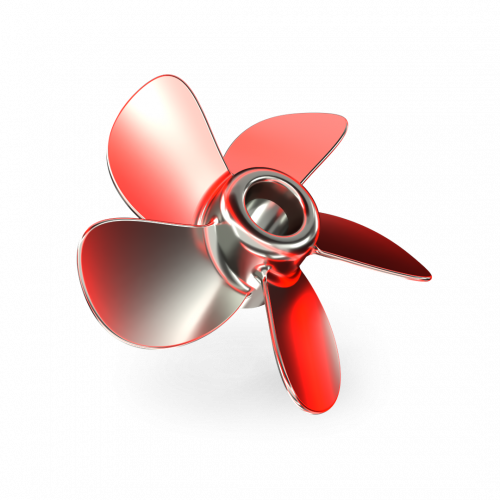
Maritime industry
Penteq supplies robust laser technology for precise material processing and labelling despite the harshest maritime environments





